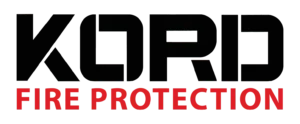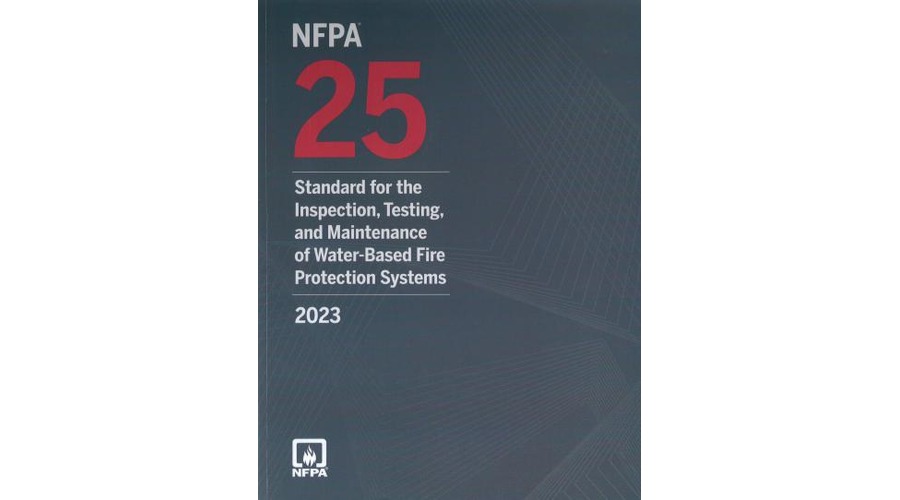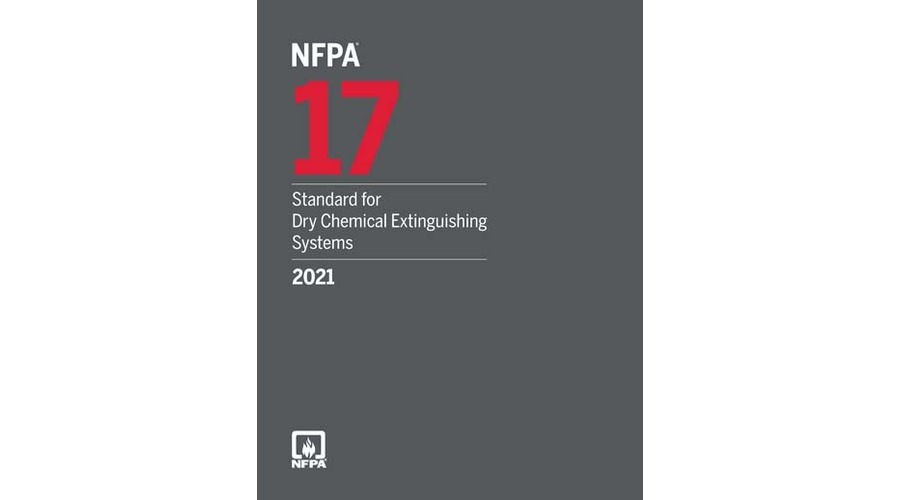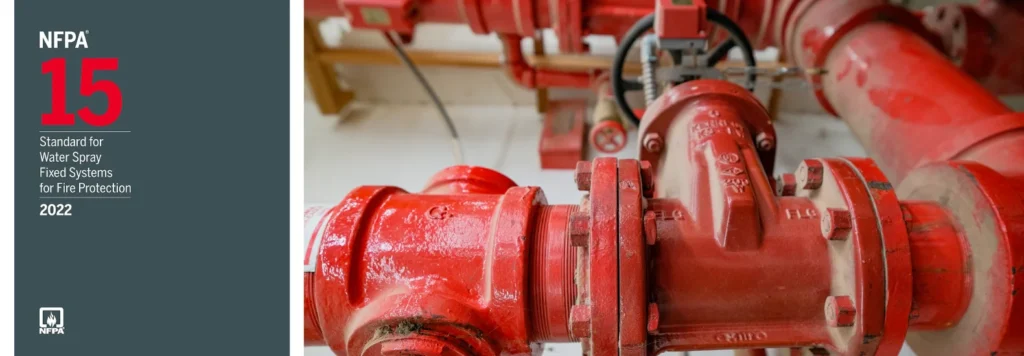

The Ultimate Guide to Reviewing a Fire Alarm Inspection Report
Intro
Fire alarm systems are the guardians of life and property, standing as the first line of defense during emergencies. But how do you ensure that these systems are functioning as they should? That’s where fire alarm inspection reports come in. These reports aren’t just compliance documents; they are a treasure trove of information about the health and safety of your building’s fire alarm system. In this guide, we’ll break down everything you need to know about thoroughly reviewing a fire alarm inspection report, referencing key details from NFPA 72, National Fire Alarm and Signaling Code.
1. Key Components of a Fire Alarm Inspection Report
When you receive an inspection report, start by identifying the critical sections:
- System Overview: This section outlines the type, location, and purpose of your alarm system. According to NFPA 72, systems must clearly indicate if they are standalone fire alarms or integrated with other systems like mass notification or CO detection (Section 23.1.1).
- Inspection, Testing, and Maintenance (ITM) Documentation: Chapter 14 of NFPA 72 mandates that inspection reports detail testing procedures, results, and maintenance activities performed. Key components include:
- Control Units: Functional tests of circuits, displays, and fault indicators are required (Section 14.4.3).
- Detection Devices: Sensitivity testing is essential to confirm that smoke and heat detectors respond within their specified ranges (Sections 17.6.3 and 17.7.3).
- Notification Appliances: Testing of sounders, strobes, and visual alarms ensures compliance with audibility and visibility requirements (Sections 18.4 and 18.5).
- Compliance Checklist: This ensures the system adheres to NFPA 72 standards, verifying requirements such as detector placement, proper spacing, and adequate notification coverage (Section 23.8).
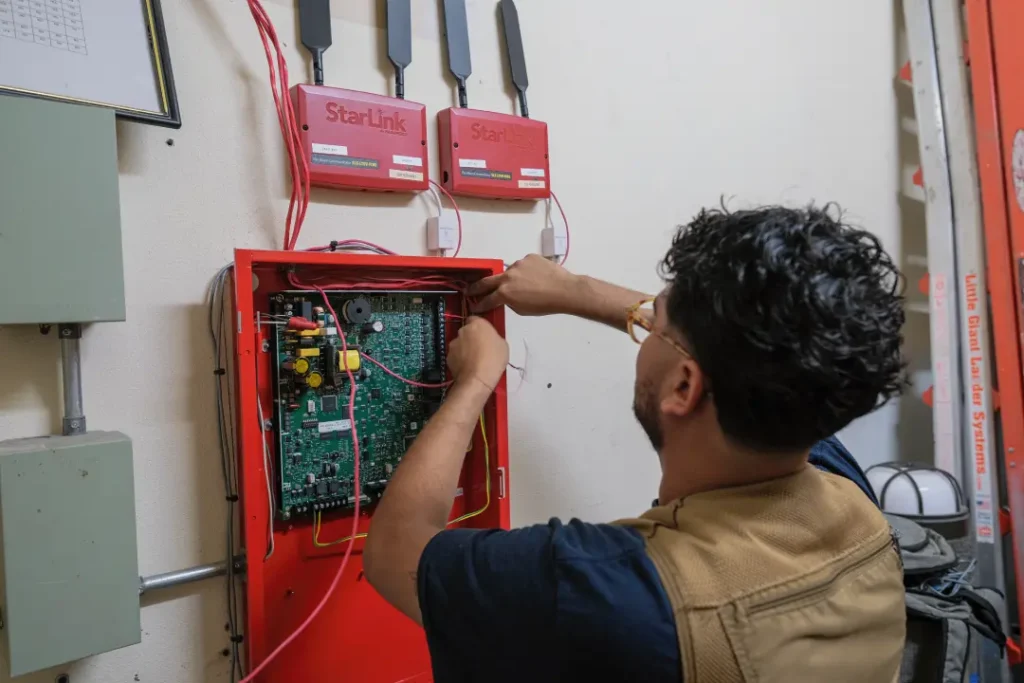

2. Verifying System Functionality
Fire alarm systems consist of multiple interconnected components. A comprehensive inspection must test the following:
- Control Equipment: NFPA 72 specifies that panels must monitor and display all system states, including alarms, troubles, and supervisory signals (Section 10.10). The inspection report should confirm the control panel functions as designed.
- Detector Sensitivity Testing: Sensitivity testing ensures detectors respond within calibrated limits. NFPA 72 mandates specific spacing and placement for smoke and heat detectors:
- For flat ceilings, detectors should cover areas effectively, with spacing determined by detector type and environmental conditions (Section 17.7.3).
- Sloped or peaked ceilings require detectors positioned near the highest point to capture rising smoke effectively (Section 17.7.3.2).
- Power Supplies: Both primary and secondary power sources must comply with capacity requirements (Section 10.6). Backup batteries, for example, should sustain operations during outages for a minimum of 24 hours in standby mode followed by 5 minutes of alarm operation (Section 10.6.7).
3. Compliance with Fire Safety Standards
Compliance isn’t just about avoiding fines; it’s about ensuring life safety. Here’s what to check in the report:
- Documentation Requirements: Section 7.5.6 outlines that all inspection and maintenance activities must be logged, signed, and stored. Missing or incomplete records are not acceptable.
- Detector Placement and Effectiveness: NFPA 72 prescribes precise guidelines for the location and spacing of detectors:
- On smooth ceilings, spacing must prevent detection gaps.
- Sloped ceilings require adjustments to account for airflow and smoke patterns (Section 17.7.3.2).
- Notification Coverage: Strobes, sounders, and other devices must meet visibility and audibility thresholds specified in NFPA 72. For example, the required sound pressure level for alarms in occupied areas must exceed ambient noise levels by at least 15 dB.
4. Spotting Common Red Flags
While reviewing, look out for these warning signs:
- Repeated Issues: If the report highlights recurring faults, such as detectors frequently failing sensitivity tests, deeper maintenance or replacement may be needed.
- Outdated Systems: NFPA 72 recommends upgrades for systems older than ten years to ensure compliance with modern safety standards. For instance, legacy systems might lack integrated carbon monoxide detection, a key requirement in Chapter 29.
- Documentation Errors: Missing signatures, incomplete test logs, or failure to include critical results can lead to noncompliance and liability.
5. Interpreting Technical Terms
Fire alarm reports often include industry-specific language. Here’s a quick glossary:
- Initiating Device Circuit (IDC): These circuits connect detectors, manual pull stations, and other devices to the control panel. Regular testing ensures timely signal transmission (Section 10.17).
- Notification Appliance Circuit (NAC): These circuits power devices like alarms and strobes. The report should confirm their proper activation and functionality (Section 10.18).
- Supervisory Signal: These indicate non-emergency issues, such as a sprinkler valve being shut, that require attention but are not immediate hazards (Section 10.14).
Please refer to the sample form on for a clearer understanding of how these terms appear in the report.
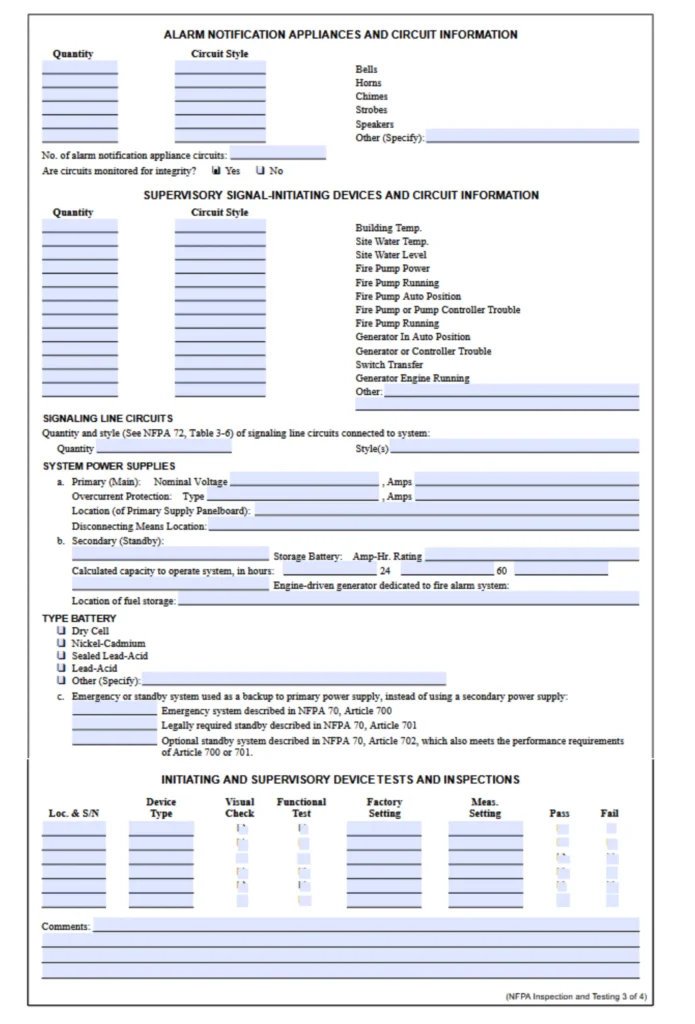

6. Ensuring Proper Documentation
Thorough documentation is critical for compliance and safety assurance. NFPA 72 requires:
- Record of Completion: This must include system configurations, device locations, and results from acceptance tests (Section 7.5.6.3).
- Maintenance Logs: A complete record of maintenance activities—such as battery replacements and sensitivity adjustments—is necessary for compliance (Section 14.6).
- Electronic Records: Digital documentation is encouraged for accessibility and security. This simplifies retrieval during audits or emergencies (Section 7.7).
7. Prioritizing Maintenance and Upgrades
Use inspection reports to plan proactive maintenance:
- Battery Replacements: Batteries should be tested and replaced regularly. NFPA 72 specifies testing intervals and minimum performance standards (Section 14.4.3.2).
- Detector Calibration: Regular sensitivity adjustments ensure detectors function optimally and reduce false alarms (Section 14.4.5).
- Technology Upgrades: Modern systems often integrate fire alarms with CO detection and mass notification. Upgrading to meet Chapter 29 standards enhances safety and compliance.
Fire Alarm Inspection Report FAQS
Get a Free Fire Alarm Inspection Quote – Protect Your Business Now!
All in all, Fire alarm inspection reports are vital for ensuring your system is ready to protect lives and property. By understanding the requirements of NFPA 72, you can effectively review these reports, address potential issues, and maintain a compliant and reliable system.
Don’t just check a box but take action based on your inspection reports to ensure a safe and secure environment.
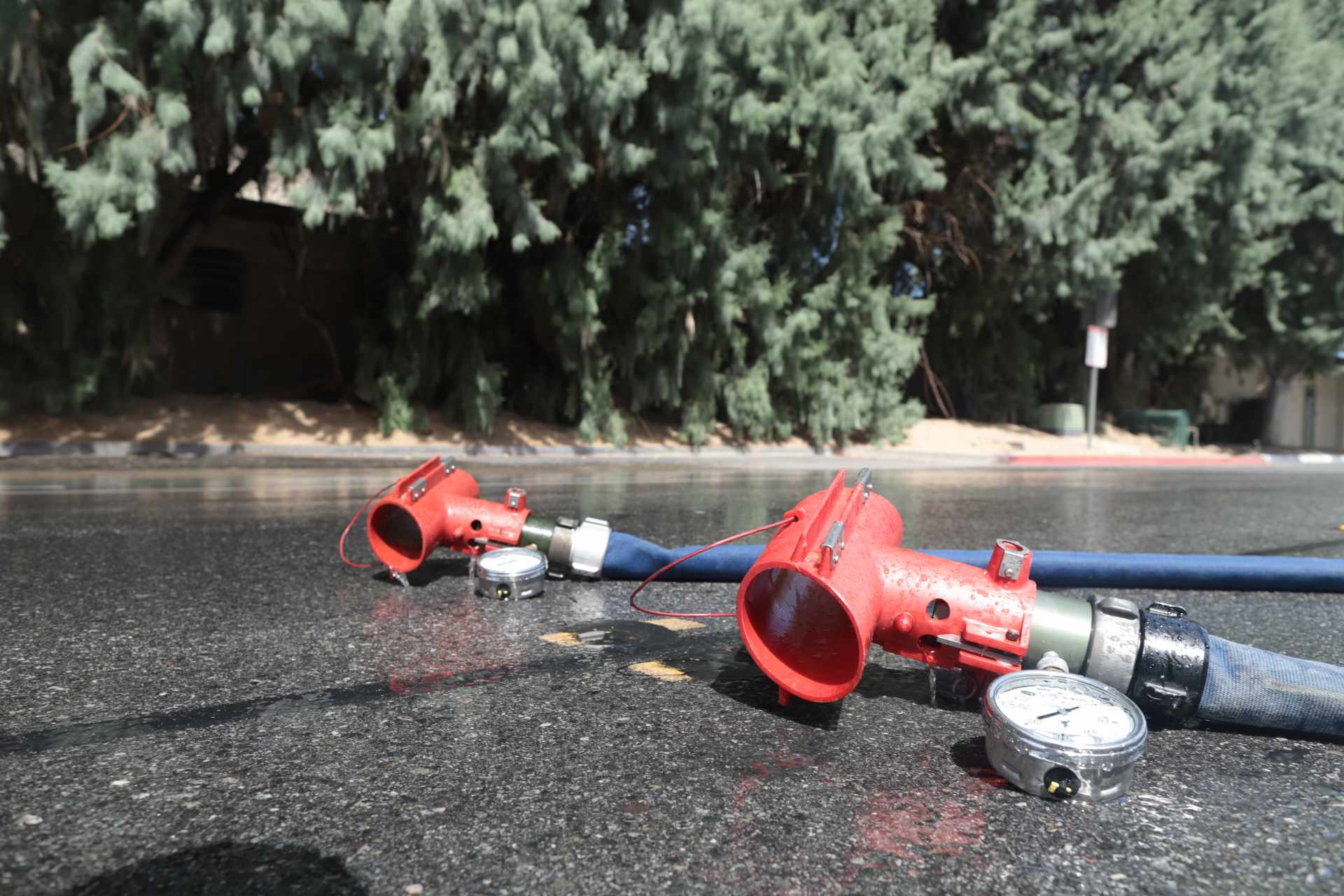

Protect Your Property
Get the latest fire safety tips delivered straight to your inbox.
